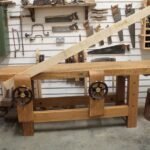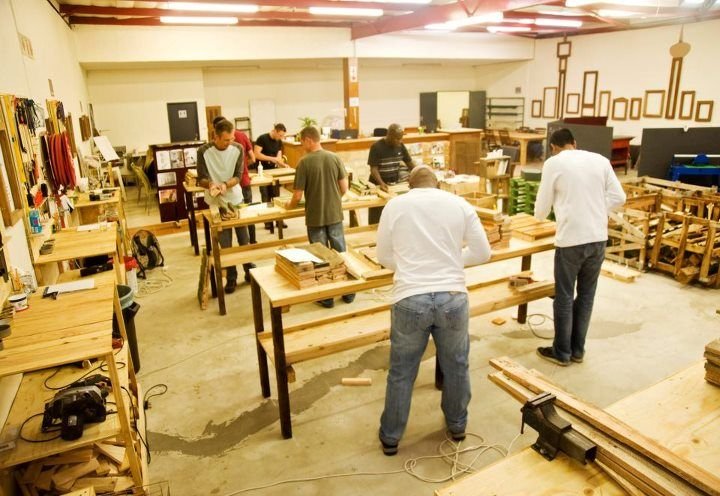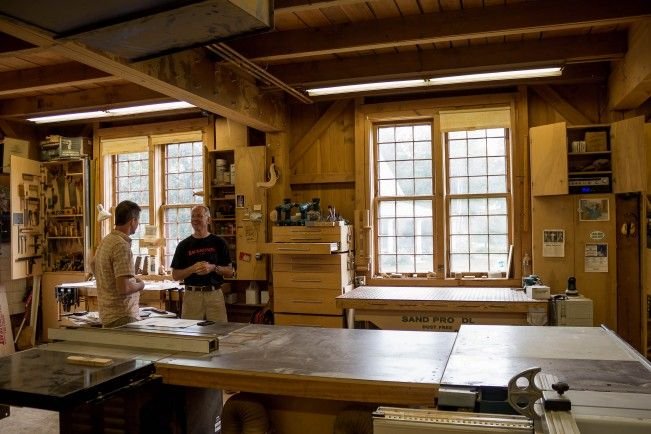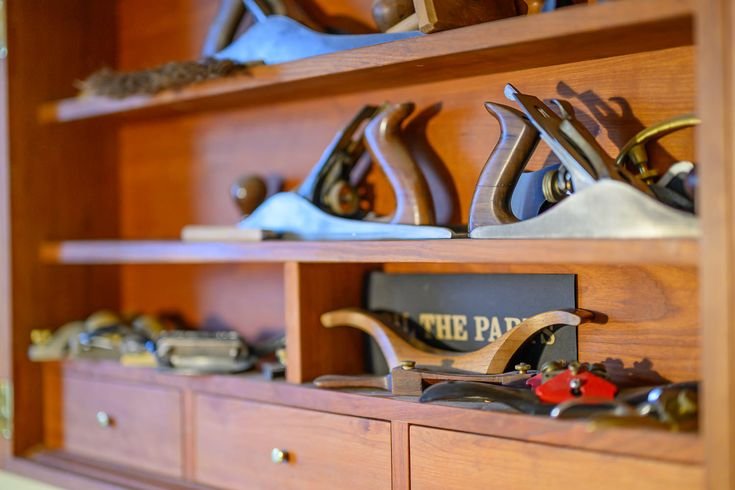A Journey with Old Woodwork
You know, I woke up one Saturday morning with that restless feeling in my bones. You know the one—the kind that says, “today’s the day, you’re going to make something happen.” I had this old, oak bookshelf that belonged to my great aunt. It had seen better days, sure, but there was something special about it. I could still remember sitting on the floor, flipping through dog-eared copies of her favorite novels, the faint scent of her lavender air freshener hanging in the air.
Now, I didn’t want to strip it down to the bare wood. No way. I was terrified I’d screw it up, like just scraping off all that age and story. So, I figured, I could refinish it without stripping—at least, that’s what I told myself before diving in. I made my coffee strong that day, plopped a little too much cream in there—old habits die hard—and settled down for a day of woodwork shenanigans.
As I got started, I found myself staring at the surface. Lint and dust settled over those scratches like memories dusting over time. I rolled up my sleeves, took a deep breath, and got to work.
I grabbed my trusty orbital sander. It was a Black & Decker, not anything fancy, but it had been through a lot with me. Every scratch and dent told a story, much like the bookshelf did. I plugged it and let it hum to life. There’s just something about that sound, isn’t there? It’s like the wood itself is waking up, stretching its limbs to shake off years of neglect. It felt good to be back at it, to hear the soft roar of the sander.
Now, for those less experienced in these arts—like I was back then—you might not know that choosing the right sandpaper is crucial. I went with 220 grit first, thinking, “Hey, this should do the trick!” But I ended up with what I now like to call ‘mistake number one.’ The oak grain wasn’t appearing; it looked more like a fog of dullness, like someone had draped a gray blanket over it. I almost laughed as I realized I had sanded away too much in one spot, leaving a tiny ravine where the wood dipped.
Friends, I almost gave up right then. I stood there, coffee cup in hand, and thought, “Maybe I should just hire someone.” But deep down, I knew I had to at least give it one more shot. It’s a family piece, after all. I switched it up to a coarser grit—and that was the sweet spot. The surface started to shine through, and oh—there’s that smell—the earthy, rich scent of oak coming back to life. It was intoxicating in a way, like a whiff of nostalgia intermingled with hope.
Next, I pulled out my trusty can of teak oil. No stripping, just conditioning—that was my mantra. I poured it into a small tin and, using an old rag, started to dab it on. Honestly, the way the oil soaked into the wood was something magical. What I thought was a dull, lifeless surface slowly transformed into this warm, glowing beauty. I remember pausing, thinking, “Whoa, it’s actually working!” I could hardly believe my eyes.
Still, I had my doubts. What if I messed it up again? I carefully applied a second coat, almost holding my breath as I step back to admire my handiwork. Each stroke was a dance—a delicate balance of hope and nerves. Every little ding became a badge of honor rather than a reason to despair.
Then came the best part. I grabbed some wood polish—my go-to is from Howard’s, it’s made with beeswax, and the smell… oh, the smell! Like fresh honey drifting through a sunlit kitchen. I started polishing it in circles, and there was this gratifying click as it came together. I almost felt like a magician revealing a rabbit from a hat. It glowed, it sparkled—my great aunt wouldn’t even recognize it.
But let me tell you, not every moment was a fairytale. I worked late into the evening, the sun setting outside my window, casting a golden hue over the room. I tripped over that wooden box I keep my tools in and knocked my coffee onto the shelf. Naturally, I thought, “Great, now I’ve ruined everything.” But after a moment of panic, I realized it wasn’t too bad. Just a little water damage blended right into the rest of it.
Eventually, I sat down, took a sip of my now-cold coffee, and looked at that bookshelf. I felt fulfilled, sure; but more than that, I felt connected. To my past, to my family. I thought about all those moments spent lost in stories, all because I stubbornly chose to refinish rather than strip away the history.
So, here’s the thing: if you’ve been thinking about tackling a similar project, just go for it. You’ve got a story to tell, even if it’s through an old bookshelf or a wobbly table. It doesn’t need to be perfect; it just needs to be real. Mistakes will happen—trust me—but they’ll be part of the journey. And at the end of it, you’ll have something that feels like home, something that’s been lovingly revived rather than simply restored to ‘new.’
There’s a bit of magic in that, don’t you think?









